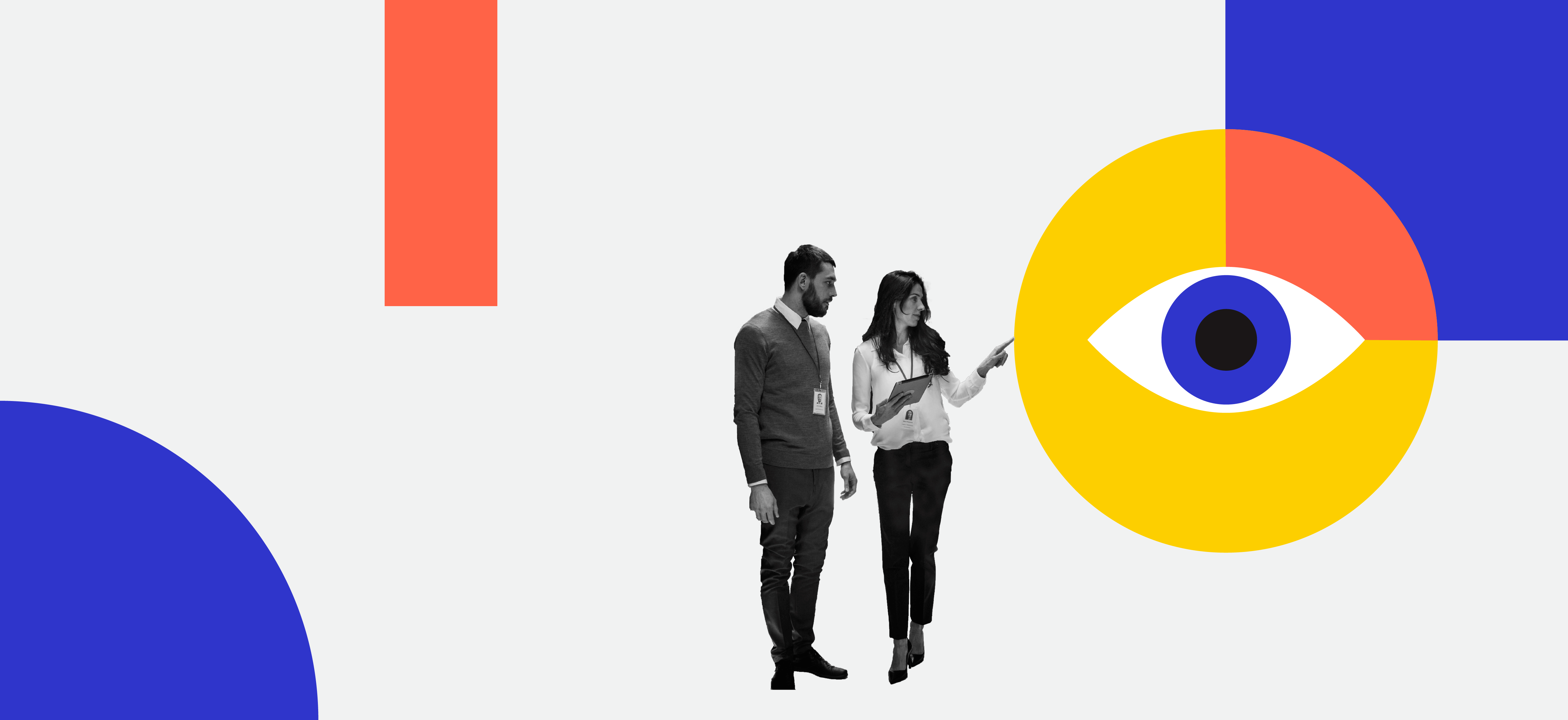In this era of COVID-19, it’s tempting to focus purely on the negative consequences of disruption to our businesses and brands. Yet there is a positive to this unprecedented period.
Many businesses have had no choice but to update their strategies — and, as a result, are discovering their capacity for rapid experimentation and adaptation. COVID-19 sped up the adoption and segmentation of digital services, demonstrating parity or superiority to non-digital options. Think of the home delivery demand during this endemic period and how it’s permanently escalated. Or the growth of direct-to-consumer models. Or even shifting hotel models and workspace rentals.
Just look at Peloton. The business capitalized on the new role of the home as a multifunctional workspace, family place, and place of wellbeing. Post lockdown, the gloss has started to peel away to reveal the fundamental truth of the inflated expectations of many businesses like it, whose models depend on us staying at home. The real potential for brands lies somewhere in the foggy middle of two extreme interpretations of the future role of the home. Yes, it will be more important to exercise at home during the new variants, and especially with Omicron, but it won’t be the only option.
COVID-19 may have led to these mindset shifts, but it’s really something the business community should have been grappling with all along. And that is the capacity of business leaders — to sense and adapt to cultural and technological changes, or achieve “commercial clairvoyance.”
So, how can business leaders reach that level of clarity?
It doesn’t matter if a brands’ strategy is focusing on an entire business model or a specific product or service innovation. The same two questions are paramount, and are key acid tests of a company’s foundational strategic assumptions:
- How are consumers’ expectations changing?
- How will the consumer relate to your business, brand, product in five years’ time if strategy doesn’t adapt to a specific trend or series of trends?
Immersing your brand in your target audiences’ lifestyle and observing behaviors gives brands a deeper layer of contextual understanding of needs and desires.
Want to hear something brutal? Brand competitors are likely all looking at the same data, and all struggling with how to effectively analyze it to extract meaningful insights. Even more brutal? That means competitive market research is likely not giving your brand a competitive advantage, as it’s not unique and ownable.
Tomorrow is a difficult thing to forecast, but tomorrow is where your competitors are probably not adept at focusing, either.
Every organization I have worked with is awash with trends. But organizations don’t know how to assess what’s real and long-lived, or effectively unpack the consequences of each trend.
And consumer research dominates the front end of the innovation process at the cost of focusing on what’s changing.
Brands need to implement the practice of cultural planning platforms, which develop understanding of the consequences of key shifts in culture and consumer expectations and attitudes. These are “big bet” changes to the foundational logic of a category or how value will be delivered to the consumer in the future. By boldly attacking the foundational logic of your brands’ category now, you can stretch thinking to who the consumer will be in the future.
It’s here that business leaders ignite revolutions in new business models, brand, and innovation thinking; because we are designing for tomorrow’s consumer, today.
_
This article was originally published on MediaPost on January 7, 2022.
